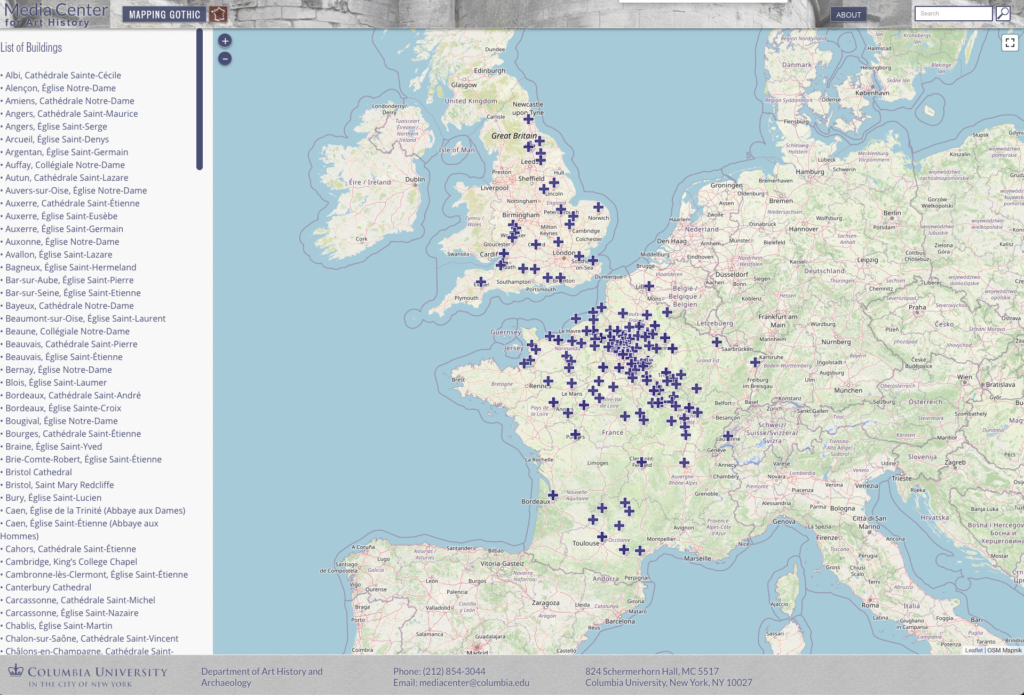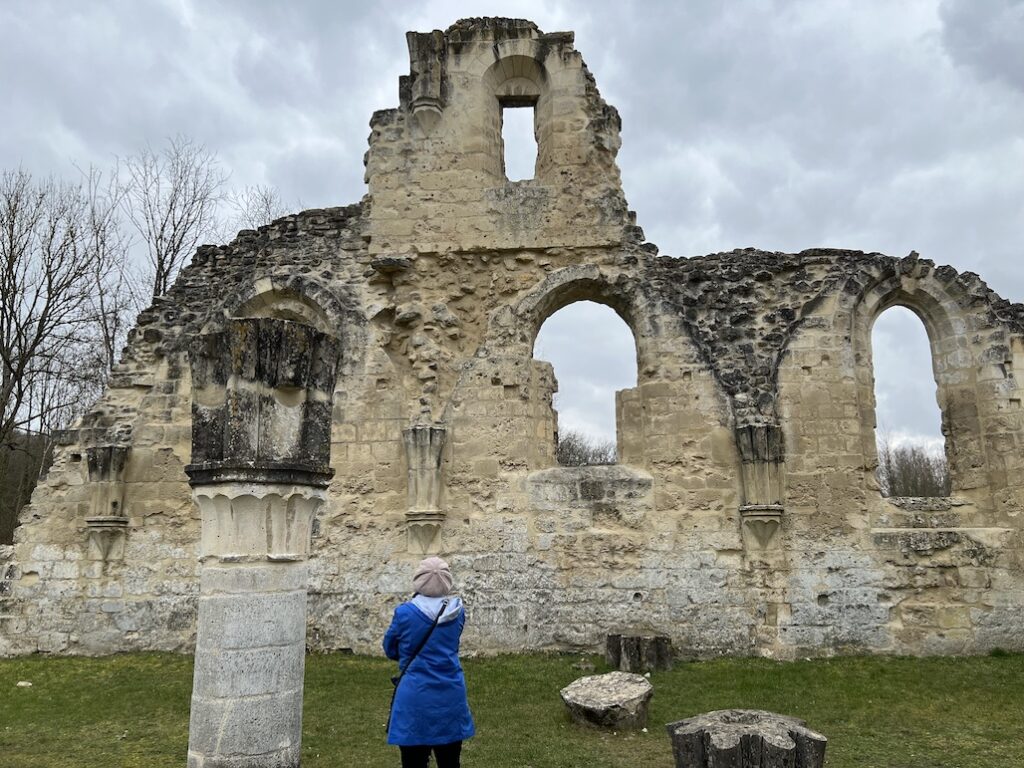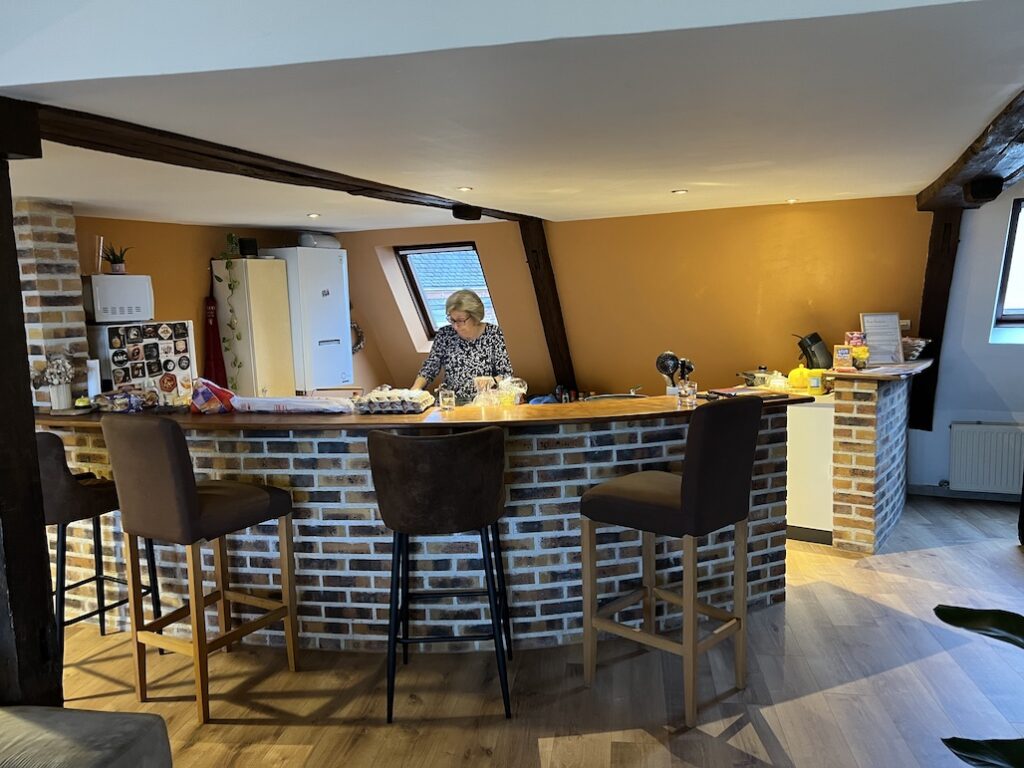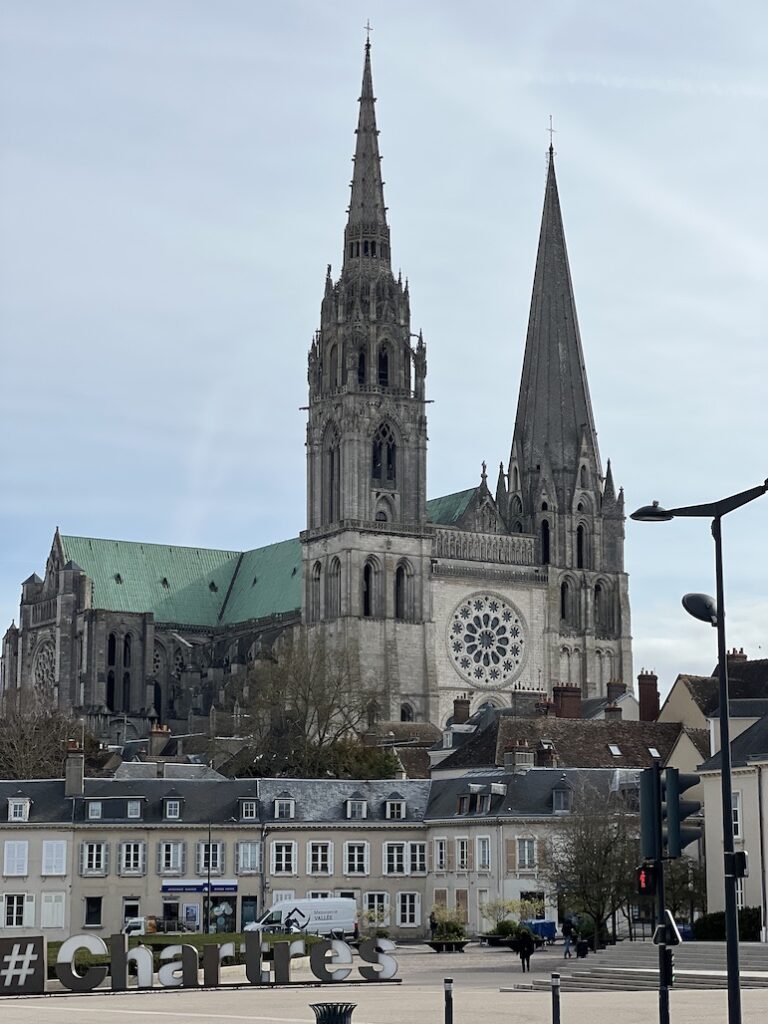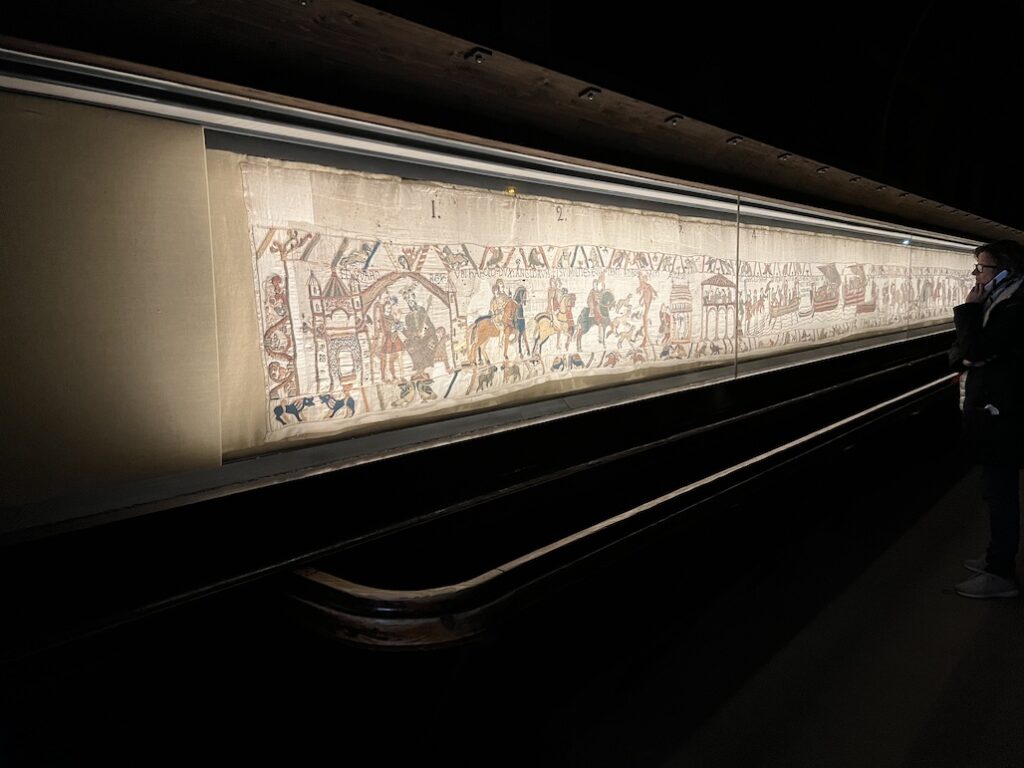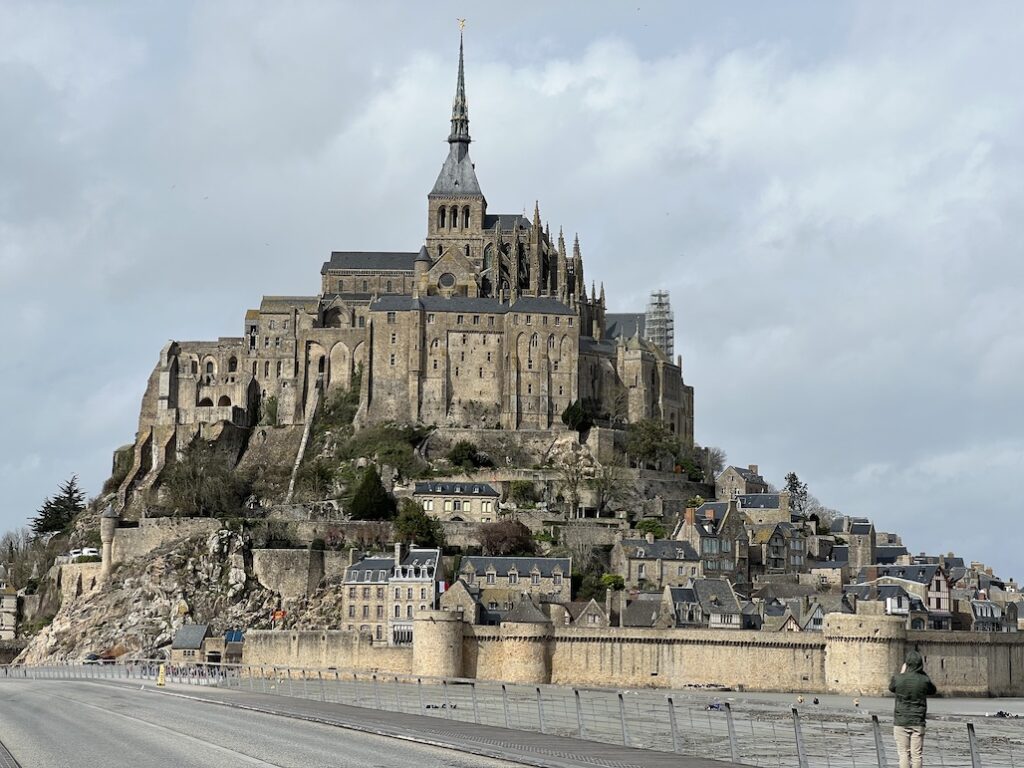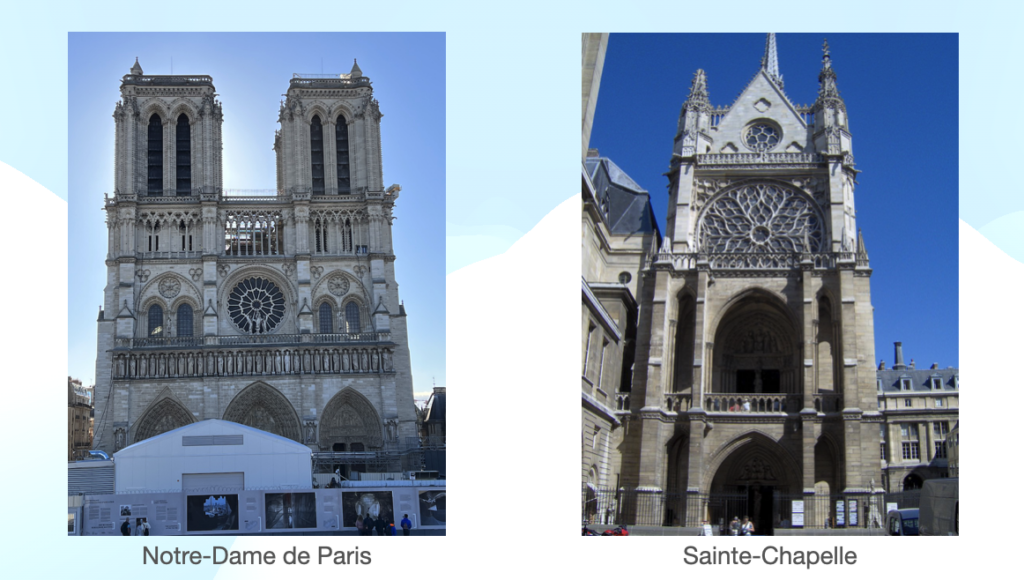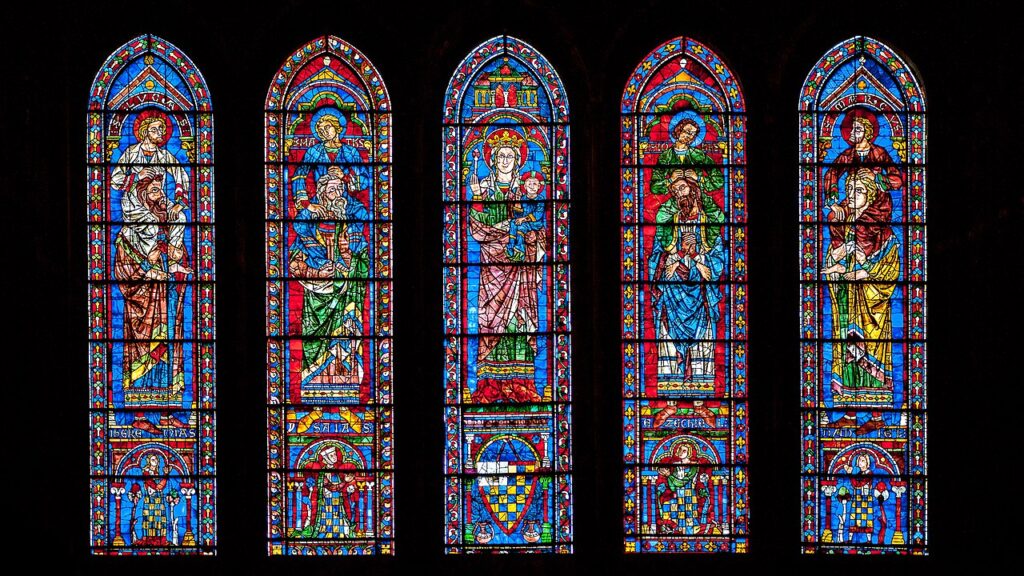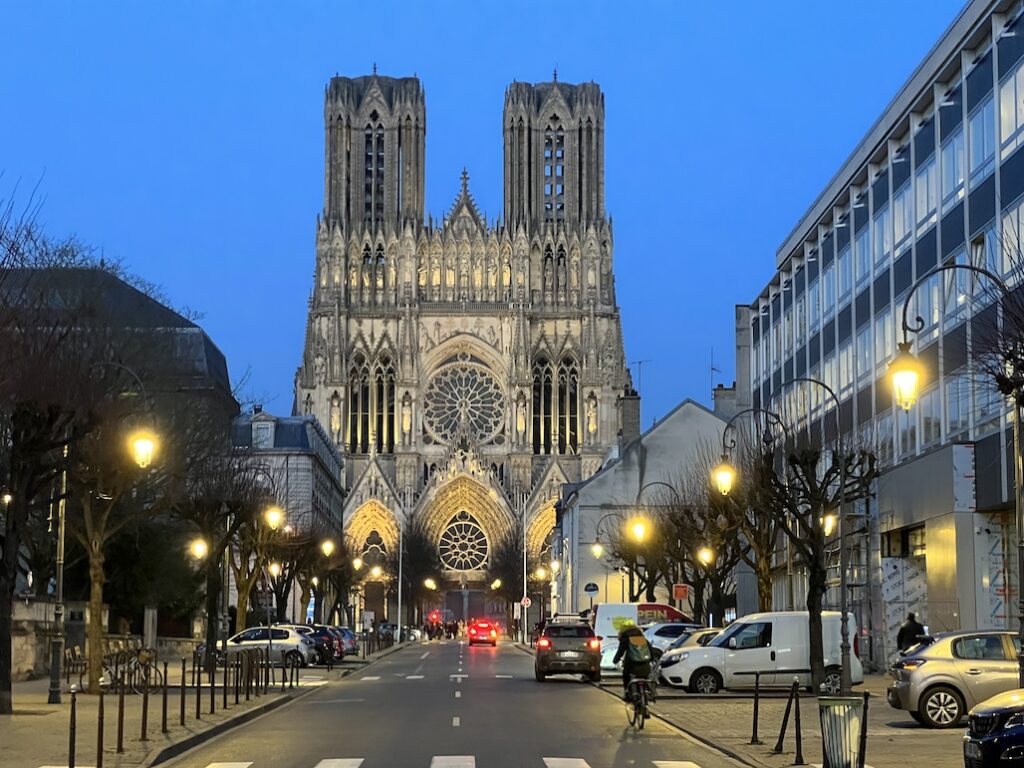
Reims was the first stop on our cathedral pilgrimage as we journeyed counterclockwise around the Île-de-France. Reims is the birthplace of Christianity in France. Around the year 500 A.D. Clovis, king of the Franks, was baptized here by Saint Remi, the Bishop of Reims. This started the tradition of the kings of France being crowned in Reims. Famously, Joan of Arc fought to insure that the uncrowned Charles VII could come to Reims for his coronation.
I was especially looking forward to touching this piece of French history when visiting the cathedral. Using Google Maps I could see that there was an equestrian statue of Jeanne d’Arc right in front of the west facade of the cathedral. Having read the delightful “Personal Recollections of Joan of Arc” by Mark Twain, his most researched work, Joan of Arc has become one of my heroes. Our first cathedral was going to bring us face to face with the deeply Christian history of France.
Arriving at Charles de Gaulle Airport we called the car company to pick us up. I was unsure how to navigate this part of the trip because our French is so basic. Lisa and I used Duolingo to study French for about a year and half hoping it would give us some ability to interact with French speakers. It helped, but only a little. I had to ask a bystander who spoke both languages to help me communicate with the car company. Once we connected with them everything went perfectly. Our brand new Peugeot 208 had a lot of bells and whistles and a staff member showed us how to use everything, setting the GPS to English.

Our first stop was at a gas station. Now I had to figure out how to use the pump. It seems like an easy enough task, but the language barrier slowed me down, although I was ultimately successful. The gas station was small, so I had to squeeze by the other cars to leave, nursing the gas and clutch in order to move the car inch by inch without scraping anyone or anything, especially our brand new Peugeot. I hadn’t driven a manual transmission for about 20 years, so this was adding to the stress of the language barrier.
We found a little cemetery parking lot to pull over and program the GPS for our apartment in Reims. Later we learned how to use CarPlay and the Google Maps app on our phone which made navigation so much more easy. Driving in France is very similar to driving in the US except for the sheer number of roundabouts. It’s only about an hour and 40 minutes to Reims from Charles de Gaulle, but navigating the twists and turns around the airport and the heavy traffic through the endless roundabouts slowed us down considerably.
Reims is in the Champagne region of France so many tourists go there to sample the famous beverage. Our purpose, of course, was to visit the cathedral and we were delighted to see it standing head and shoulders among the city’s buildings as we approached Reims. Winding our way through medieval streets to our apartment a couple blocks away from the cathedral we settled into a comfortable, although cold, homebase. As Lisa unpacked the food I had to steal away for a quick glimpse of the magnificent church.
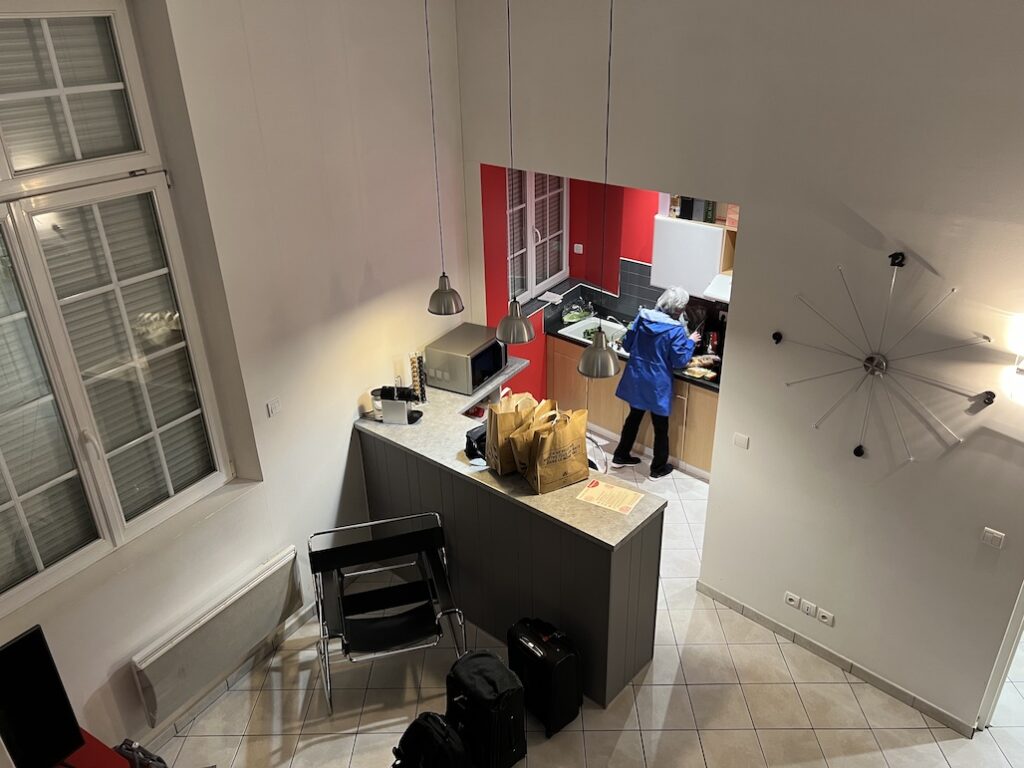
Dusk had fallen and the cathedral was lit up. It was a cold evening so few people congregated in the square outside Cathédrale Notre-Dame de Reims. I was surprised to see a middle-aged couple enter the church, supposing it was closed for the day. Excitedly, I followed them inside, taking in the grandeur of gothic beauty. Though it was dimly lit, the scale and features of the building were plainly visible. I reverently walked up the central aisle of the nave and discovered a paving stone inscribed with the sentence: “Here Saint Remi baptized Clovis king of the Franks.” This was going to be an incredible pilgrimage.
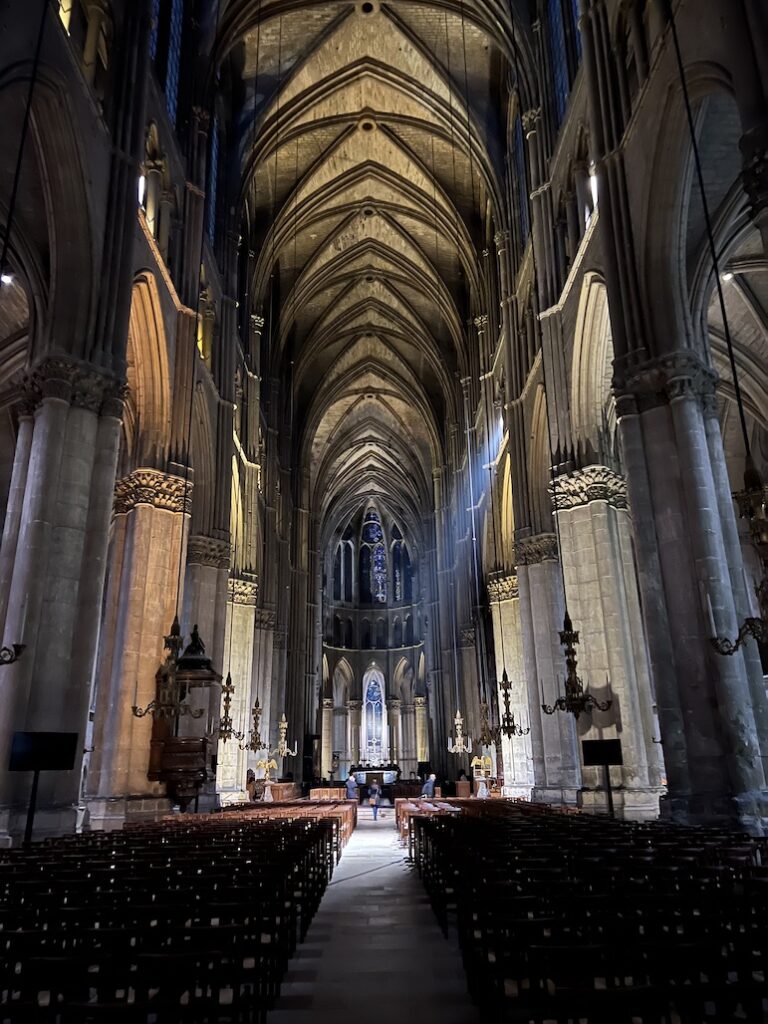
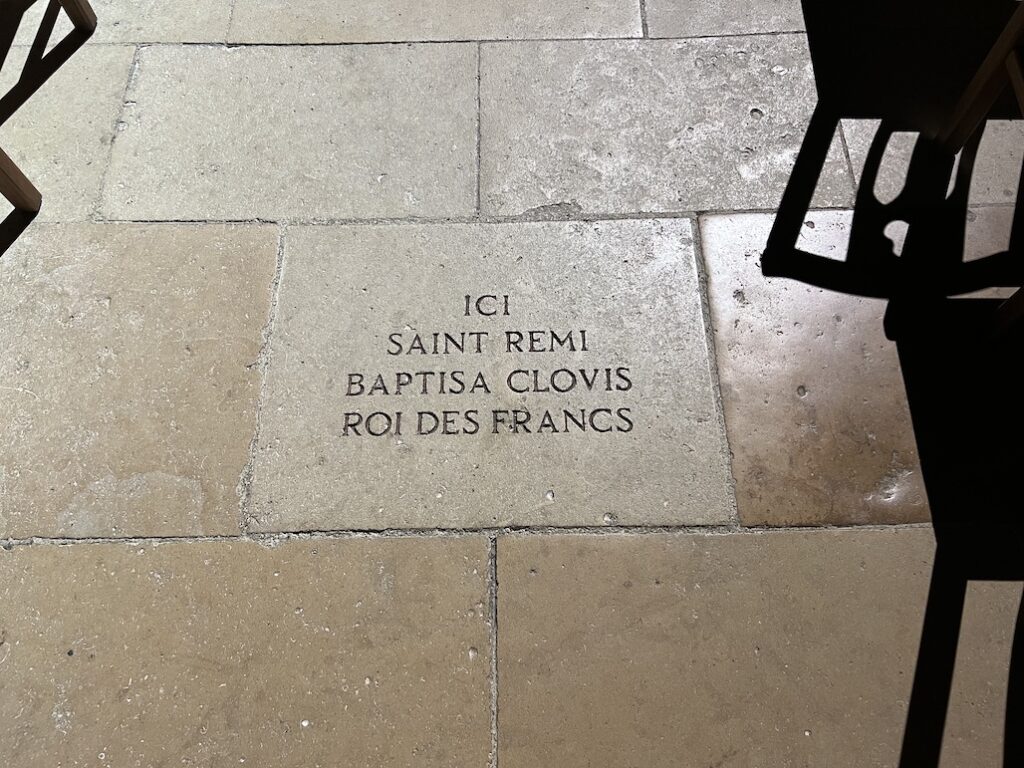
Index of blog posts for our Cathedral Pilgrimage
- 1. A Cathedral Pilgrimage
- 2. Preparing for a Pilgrimage
- 3. First Stop – Reims
- 4. Reims – City of Kings
- 5. Saint Remi and His Basilica
- 6. Christian Time Traveling
- 7. Second Stop – Laon
- 8. Cathédrale Notre-Dame de Laon
- 9. Third Stop – Amiens
- 10. Amiens Cathedral: Almost Heaven
- 11. Soaring Vaults and Great Treasures
- 12. Enchanted Chanting
- 13. Amiens: A City of History, Art, and Culture
- 14. Fourth Stop – Beauvais
- 15. Fifth Stop – Rouen
- 16. Cathédrale Notre-Dame de Rouen
- 17. 3:10 to Gothic
- 18. Joan’s Triumph
- 19. Rouen Treasures
- 20. Cathédrale Notre-Dame de Chartres
- 21. Chartres Cathedral: A Pilgrimage Through Time and Light
- 22. Chartres’s Facade: Functional Beauty
